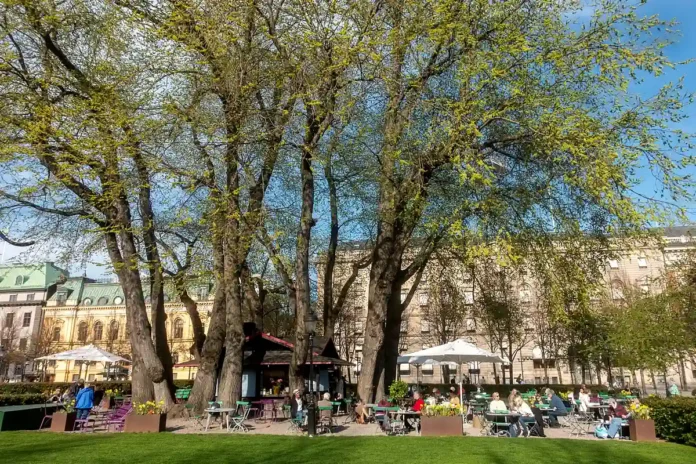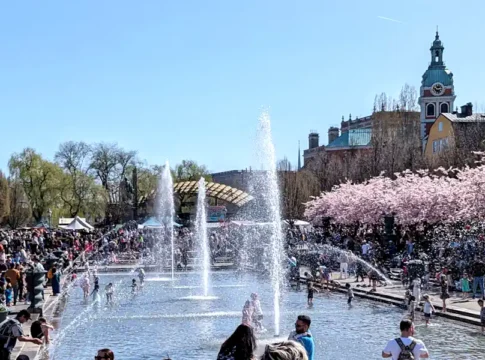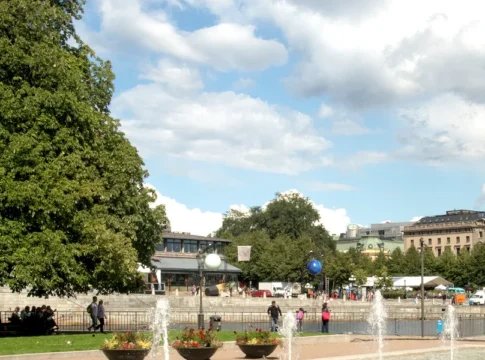Almstriden 1971: The battle of the elms in Kungsträdgården
In the heart of Stockholm lies Kungsträdgården, a historic park that has witnessed countless events. Among these, the Almstriden of 1971 stands out as a defining moment in Swedish environmental activism.
This protest, rooted in the community’s deep connection to their environment, rallied thousands in defense of cherished elm trees, leaving a legacy that resonates in Stockholm today.
An area of green combat: Kungsträdgården
Kungsträdgården, or “The King’s Garden,” has been a central gathering place in Stockholm for centuries. Its lush greenery and scenic walkways offer a serene escape from city life. The park’s elm trees, in particular, held both aesthetic and historical value, contributing to the garden’s iconic landscape.
Plans to build a subway entrance in Kungsträdgården surfaced in the late 1960s. This development threatened to destroy many of the park’s old elm trees, considered essential to its allure. Public indignation over the planned removal of these trees led to a mobilization of citizens who saw the plan as an attack on their natural and cultural heritage.
The rise of “The elm conflict”
Almstriden, literally “The Elm Conflict,” became a symbol of grassroots activism. In May 1971, large crowds gathered in protest, ranging from young students to elderly citizens, all united in their desire to preserve the park’s integrity. The protests featured a mix of peaceful demonstrations and more direct forms of resistance, including activists physically chaining themselves to the trees.
The movement gained momentum, attracting media attention and fostering a broader discussion about urban development and conservation. The protest highlighted the growing public willingness to challenge decisions perceived as environmentally destructive, marking a turning point in Sweden’s environmental consciousness.
A victory for nature and community
After several days of intense protest, the city government ultimately relented, halting the construction plans and sparing the elms. Almstriden is regarded as a groundbreaking achievement in urban conservation, highlighting the influence of group efforts on urban policy.
Legacy and lessons for modern visitors
Today, Kungsträdgården is a living example of the strength of community activism and offers more than just scenic beauty. The preserved elm trees stand as a reminder of the 1971 protests and the enduring importance of protecting natural spaces within urban settings.
Visitors to Stockholm can explore this historical site while reflecting on the broader impact of Almstriden. This event encourages contemporary tourists to think about how they can support sustainable urban environments and serves as a case study of effective environmental advocacy.
In conclusion, Almstriden in Kungsträdgården is more than just a chapter in Stockholm’s history; it is a celebration of civic engagement and a symbol of the enduring relationship between citizens and their natural surroundings. Remember the fervent stance taken by Stockholmers in 1971 as you take in the peace of Kungsträdgården. Their legacy continues to motivate environmental stewards around the globe.






 The Battle of the Elms in Kungsträdgården
The Battle of the Elms in Kungsträdgården Almstriden i Kungsträdgården
Almstriden i Kungsträdgården






